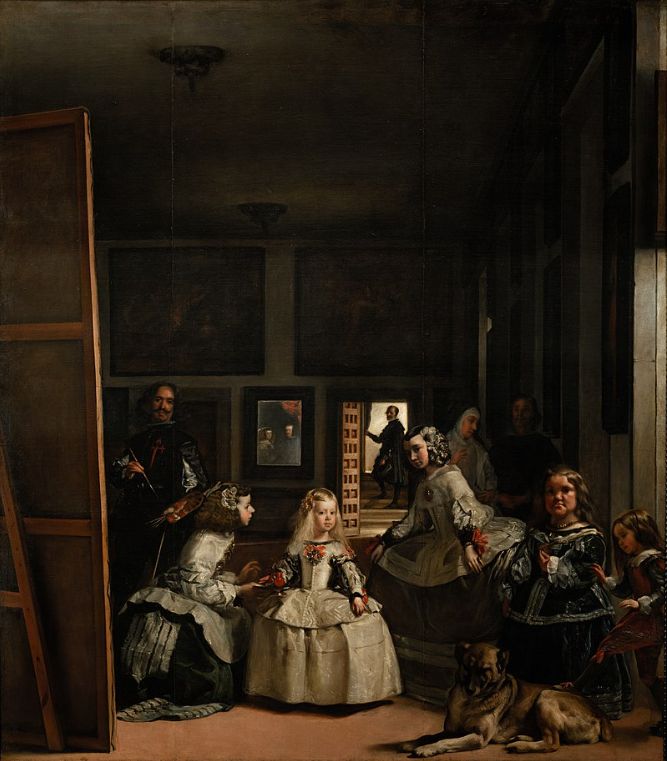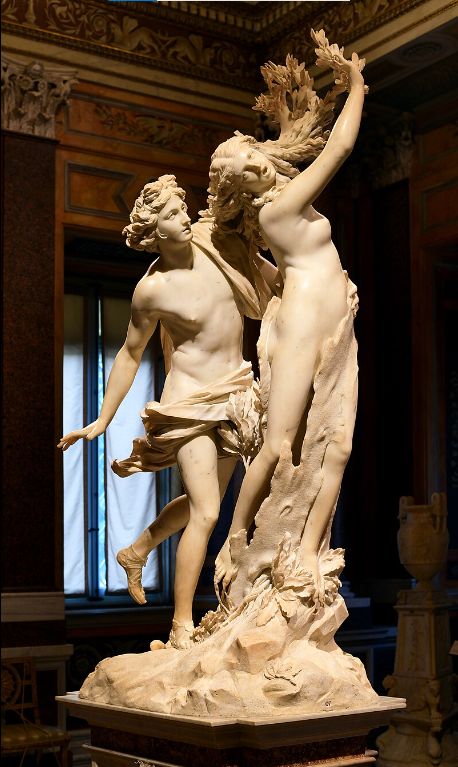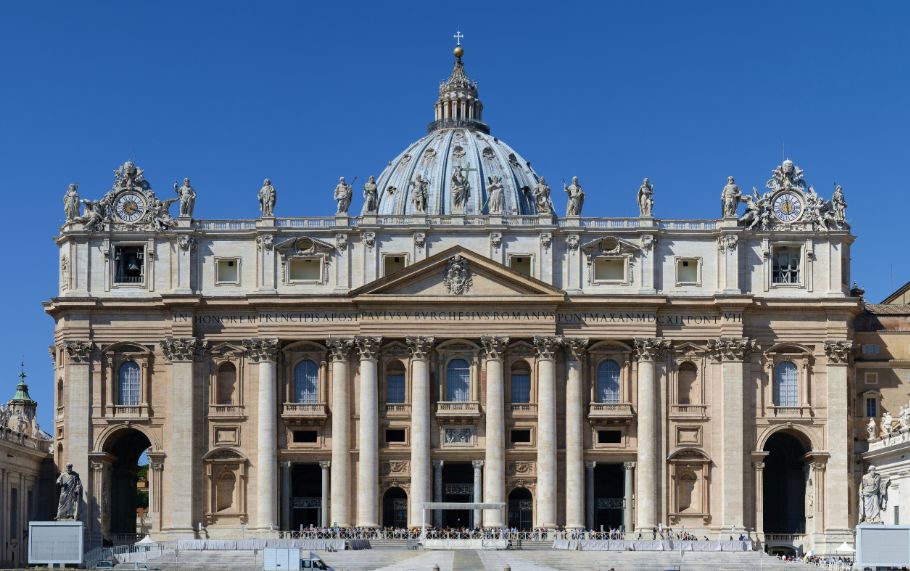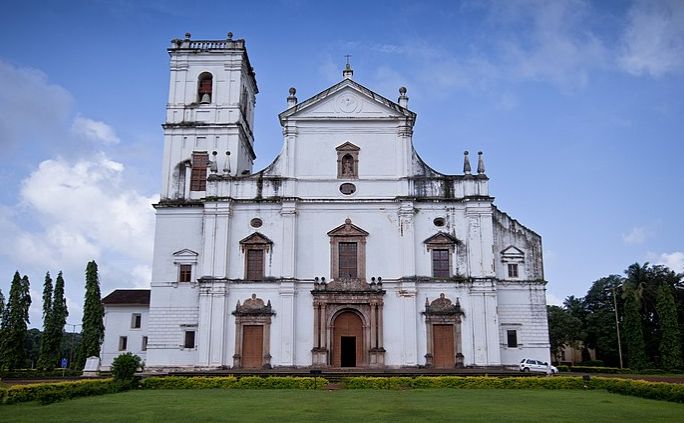Like many other style labels, "Baroque" was initially a derogatory term. Its etymology is quite peculiar, stemming from two popular 16th-century words. The Italian "baocco" referred to pedantry, reminiscent of medieval scholasticism, while the Portuguese "barrocco" meant a misshapen pearl. Both implied deviation from the norm. Thus, mid-18th-century theorists used this term to denote art forms they considered impure and irrational, particularly in architecture. Today, the term has shed its negative connotation and is used to refer to the richly emotional, dynamic, and ornate art that originated in Rome in the 17th century and spread throughout Europe, even reaching the Americas and India.
Baroque art is characterized by its dramatic expression and intense emotional impact. It seeks to captivate the viewer's senses and emotions through exaggerated motion, complex compositions, stark contrasts of light and shadow, and lavish decoration. Baroque artists did not confine themselves to formal restrictions, striving instead for visual impact and emotional intensity.
The context of 17th-century Europe, marked by religious conflicts and political instability following the Reformation, is integral to understanding Baroque art. During this tumultuous period, Baroque art became a key instrument in the Catholic Church's Counter-Reformation efforts. The Church funded numerous Baroque churches and religious artworks to attract believers. The interiors of these churches, adorned with frescoes, sculptures, and elaborate altars, were designed to convey a sense of divine grandeur and solemnity through dramatic compositions, intense lighting effects, and intricate details.
Baroque art flourished not only in religious contexts but also in secular art. In architecture, painting, sculpture, and music, numerous distinguished artists emerged, leaving an indelible mark on European art history. Notable figures include Peter Paul Rubens, Anthony van Dyck, Diego Velázquez, Nicolas Poussin, and Gian Lorenzo Bernini.
Rubens' works are filled with vitality and motion, using vivid color contrasts and dynamic compositions to depict dramatic scenes. Van Dyck is renowned for his portraiture, capturing the elegance and nobility of his subjects with refined precision. Velázquez's paintings are celebrated for their unique light effects and realistic detail, with "Las Meninas" standing as a pinnacle of Spanish Baroque art. Poussin, in contrast, adhered to a classical style within Baroque art, emphasizing rigorous composition and rational expression. Bernini, a master of Baroque sculpture, infused his works with dramatic motion and delicate emotional expression; his pieces such as "Apollo and Daphne" and "The Ecstasy of Saint Teresa" are among his most famous creations.


Baroque architecture's notable examples include Rome's St. Peter's Basilica, Paris's Palace of Versailles, and London's St. Paul's Cathedral. These structures feature grand scales, complex layouts, and lavish decorative details. Architects employed elements such as domes, colonnades, sculptures, and frescoes to create awe-inspiring visual effects. One of St. Peter's Basilica's architects, Gian Lorenzo Bernini, successfully incorporated Baroque style into church architecture, creating a solemn and majestic religious atmosphere through his iconic elliptical plaza and massive colonnades.

In music, the Baroque period was equally prolific. Composers like Johann Sebastian Bach, George Frideric Handel, and Antonio Vivaldi created music rich in passion and drama. Bach's "St. Matthew Passion" and "Brandenburg Concertos," Handel's "Messiah," and Vivaldi's "The Four Seasons" are celebrated masterpieces. These compositions, with their complex counterpoint and rich emotional expression, showcase the unique charm of Baroque art.
Baroque art's influence extended beyond Europe to the Americas and Asia's colonies. Baroque-style churches and palaces rose in Latin American countries such as Mexico, Peru, and Brazil, becoming significant cultural heritage sites. In Goa, India, Portuguese colonizers built many Baroque churches, symbolizing the cultural exchange between India and Europe.
Baroque art's influence persisted until the mid-18th century, gradually giving way to the Rococo style. Nonetheless, as a significant art movement, Baroque art profoundly influenced subsequent artistic developments. It demonstrated the timeless themes of human pursuit of beauty and passion through sensory stimulation and emotional expression. Even today, Baroque art continues to captivate art enthusiasts and scholars with its ornate decorations, dramatic expressions, and rich emotional content.

The value of Baroque art lies not only in its artistic achievements but also in its reflection of the era's spirit and human emotional aspirations. By employing light, color, and motion, it creates a world brimming with passion and drama, offering immense satisfaction to the viewer both visually and emotionally. During a time of instability, Baroque art provided comfort and spiritual refuge with its unique charm.